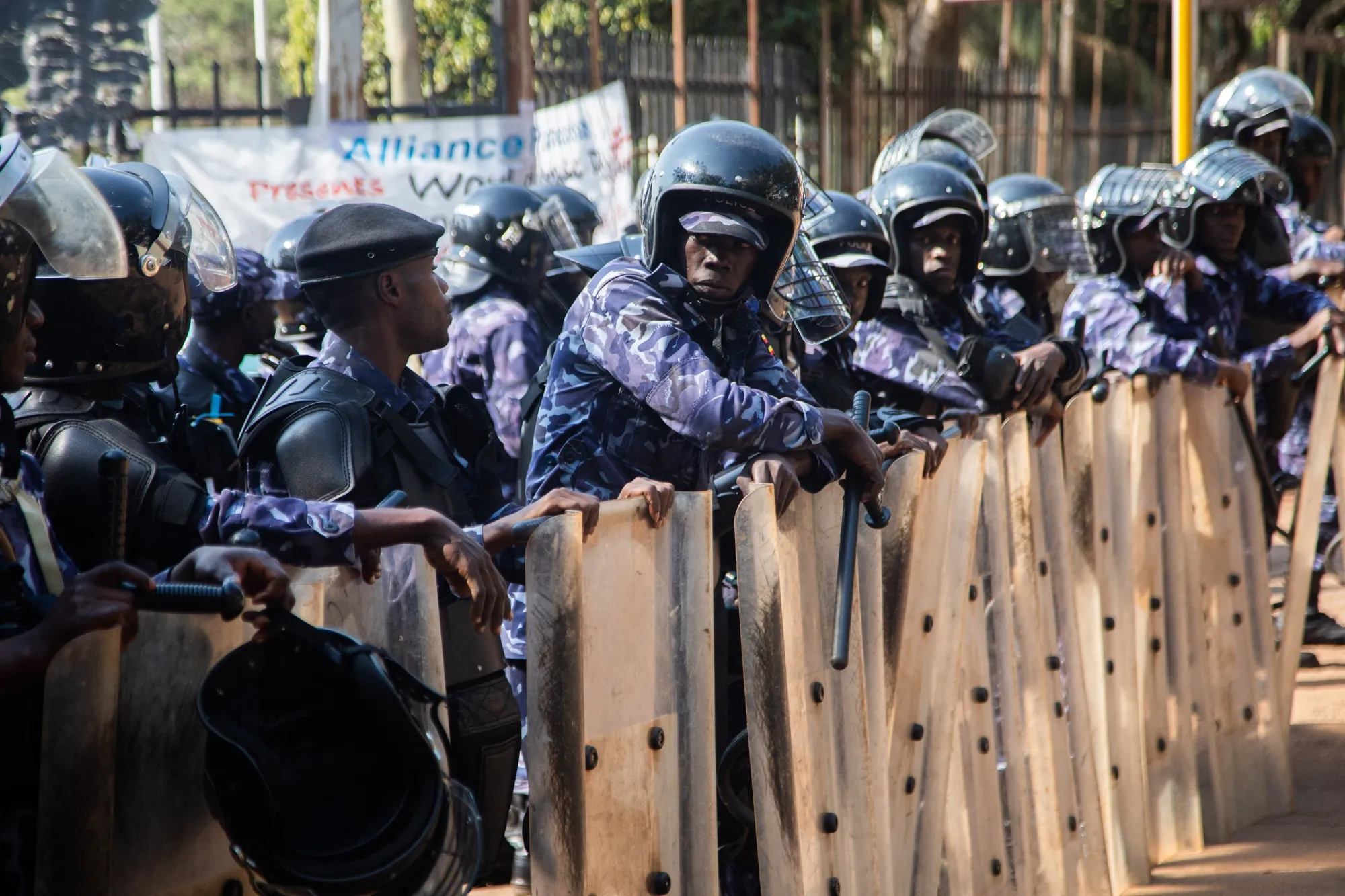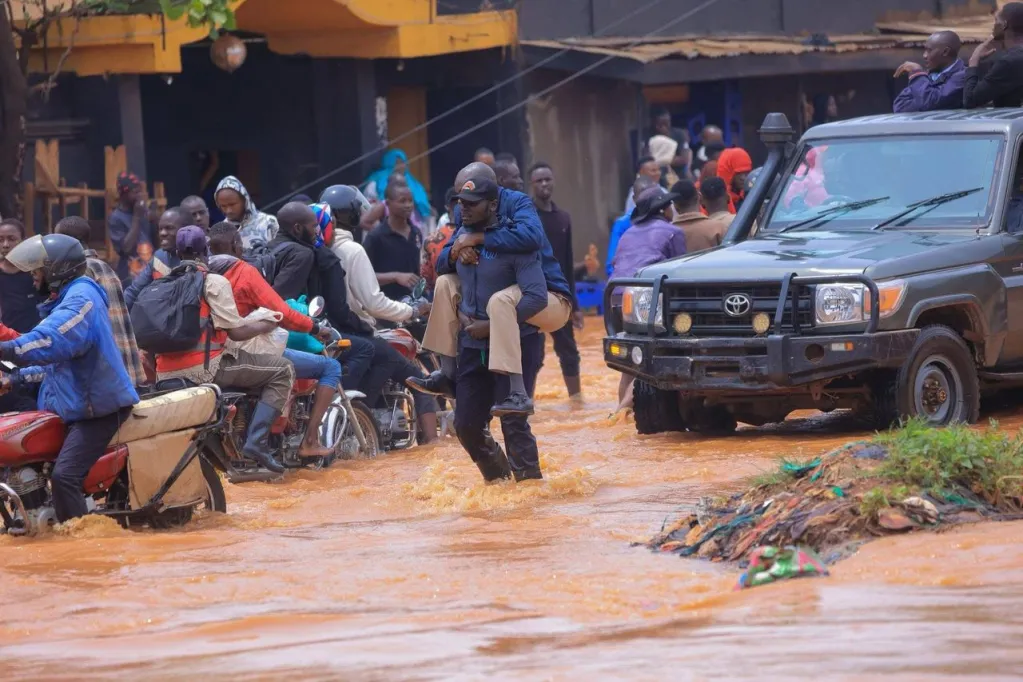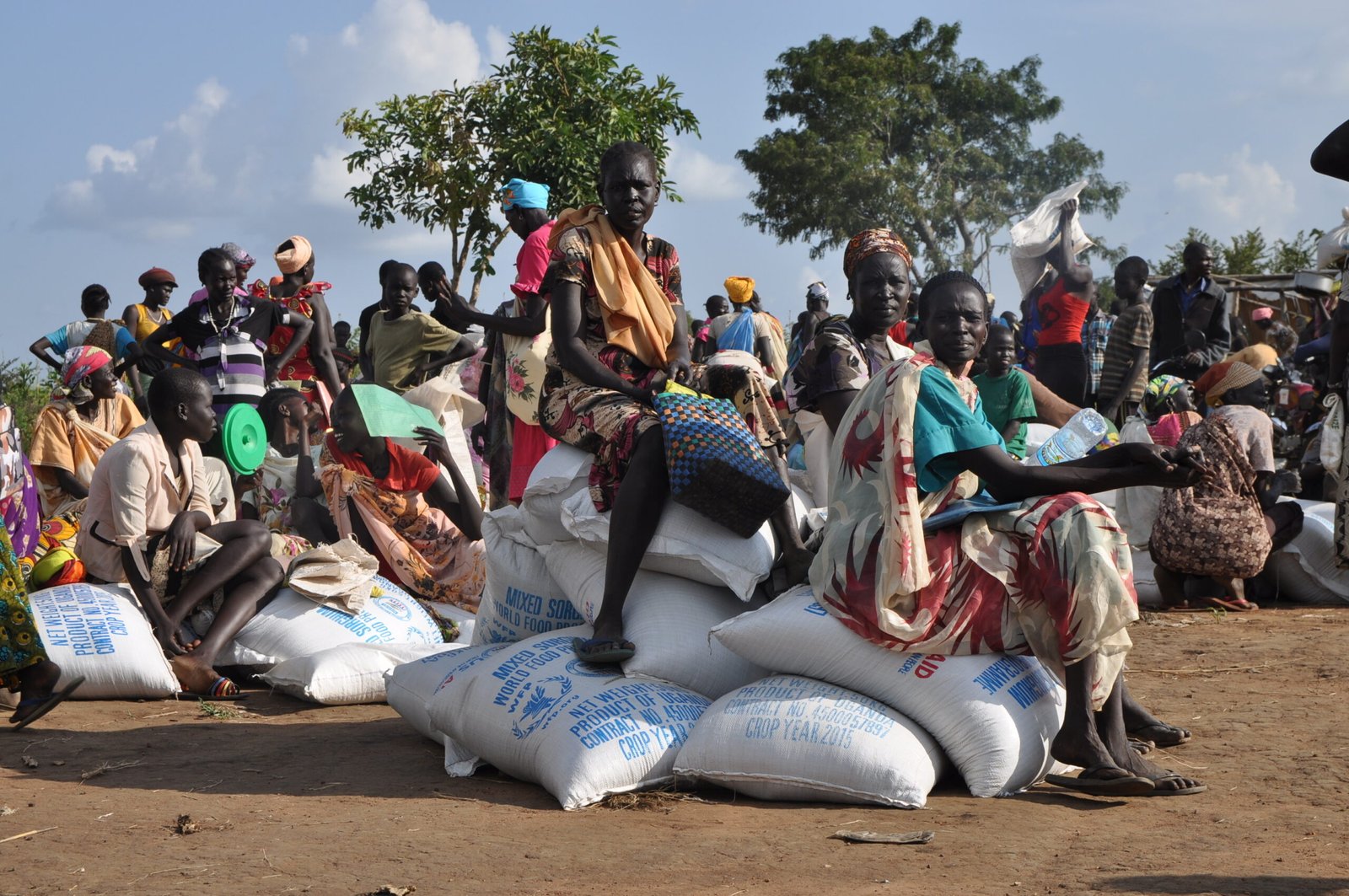UGANDA
Key Facts
Urgent assistance needed by 3.4 million people
1.6 million displaced from homes
Food insecurity affects 5.3 million
Healthcare reaches only 44% of population
7.3 million children vulnerable
Current Situation
Uganda faces mounting humanitarian challenges that remain largely invisible to the world. While hosting 1.5 million refugees with remarkable generosity, its own people struggle. Climate disasters strike with increasing frequency, destroying crops and homes. Political repression silences dissent. Rural communities face chronic hunger while children miss school to fetch water. Northern regions, scarred by decades of conflict, struggle to recover as development funds disappear into corruption channels. For millions of Ugandans, daily life means impossible choices between medicine, school fees, or food as the gap between rich and poor widens into an unbridgeable chasm.
Underlying Causes



Political Repression and Corruption
Climate Crisis and Environmental Degradation
Uganda is experiencing more frequent droughts and floods, devastating crops and livelihoods. Areas like Karamoja regularly face severe food shortages. Deforestation and wetland destruction have accelerated these problems.
Regional Conflicts
Humanitarian Challenges
Food Insecurity and Malnutrition
Over 5.3 million Ugandans face food insecurity. In the Karamoja region, acute malnutrition rates among children exceed emergency thresholds at 21%. Agricultural communities struggle with erratic rainfall patterns while rising food prices have made staples unaffordable for many urban poor.
Collapsed Healthcare Systems
Rural health facilities lack basic medications, equipment, and qualified staff. Maternal mortality remains high at 336 deaths per 100,000 live births. Disease outbreaks including Ebola, measles, and cholera occur regularly, overwhelming the fragile healthcare infrastructure.
Mass Displacement
Uganda hosts over 1.5 million refugees while approximately 100,000 Ugandans are internally displaced due to natural disasters and localized conflicts. Settlement conditions are crowded with limited water, sanitation, and shelter resources.
Gender-Based Violence:
An estimated 51% of women experience physical or sexual violence in their lifetime. Child marriage affects 34% of girls, while harmful practices like female genital mutilation persist in some communities. Support services for survivors remain severely underfunded.
Child Protection Concerns
Children face multiple threats including child labor (affecting 28% of children), trafficking, sexual exploitation, and recruitment by armed groups. Over 2 million children are out of school, and many more receive poor quality education.
LGBTQ+ Persecution
Uganda’s LGBTQ+ community faces one of the world’s harshest legal environments. The 2023 Anti-Homosexuality Act imposes the death penalty for “aggravated homosexuality.” Since its passage, documented cases of violence have increased by 1,700%.
Water, Sanitation and Hygiene Crisis
Limited Humanitarian Access
Relief organizations face bureaucratic obstacles, funding shortfalls, and occasionally security concerns when delivering aid. Vulnerable populations in remote areas often receive inadequate assistance.
Further Resources
Work Cited
- Integrated Food Security Phase Classification. (2023). Uganda Food Security Analysis – Karamoja Region.
- REACH Initiative. (2024). Uganda Settlement Profiling – Refugee Vulnerability Assessment.
- Makerere University Refugee Law Project. (2023). Mental Health Assessment in Northern Uganda.
- Uganda Bureau of Statistics. (2023). National Household Survey – Special Focus on Humanitarian Indicators.
- IGAD Climate Prediction and Applications Centre. (2024). Uganda Climate Crisis Impact Assessment.
- UNICEF Uganda. (2024). Child Protection in Emergencies Report.
- Karamoja Resilience Support Unit. (2023). Drought and Food Security in Karamoja.
- Uganda Ministry of Health. (2023). Health and Nutrition Emergency Response Plan.
- Human Rights Watch. (2024). “We Are Hunted”: Impact of Uganda’s Anti-Homosexuality Act.